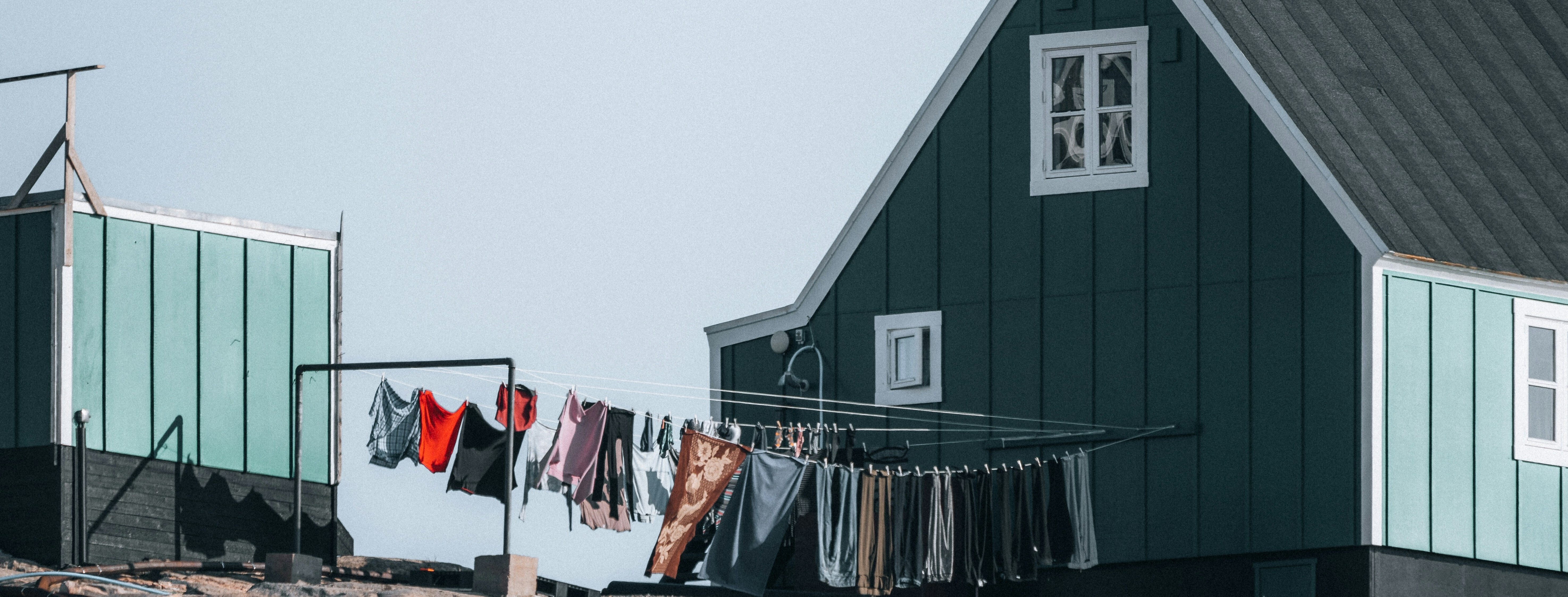
Greenlandic families were misjudged by a child protection system that didn’t understand them. Denmark’s controversial parenting tests are ending, but discrimination runs deeper than a single policy.
In 1951, 20 Inuit children were taken from Greenland to Denmark to become ‘Little Danes’. Two years later, they were returned to Greenland unable to speak to their parents and alienated from their heritage. Now, 70 years on, Denmark faces more controversy for turning child protection services into a tool of cultural erasure.
Tests destined to fail Greenlandic parents
Denmark will end psychometric testing on Indigenous Greenlandic parents after years of campaigning by activists. The tests (forældrekompetenceundersøgelse) were designed to assess parenting capability, but negatively impacted families from Greenland – an already marginalised group in Denmark.
When evaluating competent parenting, perspectives beyond the dominant cultural norm must be considered. These tests were rooted in Western ideals and were criticised for punishing Greenlandic parents for their traditional family values.
Greenlandic culture has its own language, traditions and communication methods. The tests were carried out in Danish and ignored cultural nuances, disadvantaging Greenlandic parents. At times, this led to them being misjudged as having cognitive difficulties.
The human cost: Families separated
Parenting assessments have far-reaching consequences and, at their most extreme, can contribute to the separation of families. In November 2024, Kiera Kronvold was forcibly separated from her newborn. Her file cited psychometric test results. It stated that her ‘Greenlandic background, where even small facial expressions have communicative significance’, would make it challenging to raise her child in line with the ‘social expectations’ necessary in Danish society.
The tests may be one factor contributing to the overrepresentation of children born to Greenlandic parents in alternative care. In Denmark, 7% of children born in Greenland and 5% of children with at least one parent born in Greenland are placed in alternative care compared with 1% of other children.
Governments have an interest in protecting children from harmful traditional parental practices, removal may be justified when in the best interests of the child. This does not, however, justify the misuse of cultural differences to justify child protection decisions.
The United Nations Convention on the Rights of the Child (CRC) is clear: Indigenous children shall not be denied the right to enjoy their culture (Art. 30). Such cultural heritage is key to the child’s identity. Rather than suppressing diverse parenting practices, governments must protect cultural heritage.
A long-overdue end to the controversy
In 2022, the Danish Institute for Human Rights spoke out, followed by a 2023 report of the UN Special Rapporteur on the rights of Indigenous Peoples condemning the tests for their ‘serious cultural biases’.
The Kronvold case attracted media attention, intensifying existing criticisms and pressuring the government to respond to them. Initially, in a limp attempt at addressing the issue, the government asked municipalities to ‘consider’ stopping the tests.
It was not until January 2025 that the government pledged to stop using the tests on Greenlandic families. The government reaction was framed as a response to ‘doubts’ over whether the tests accounted for Greenlandic culture and language, a minimisation of the difficulty given the overwhelming evidence of bias.
For many, this change comes too late. Children placed in Danish families may have already lost much of their Greenlandic heritage and language. The cultural disconnect is irreversible, damaging their cultural identity and violating fundamental rights.
Beyond the tests: Root issues remain
Discrimination against Greenlandic parents in Denmark extends beyond psychometric testing. The Danish Centre for Social Science Research in a 2022 report (in Danish) exposed deeper issues:
- Cultural misunderstandings: professionals must assess whether parenting practices reflect cultural traditions or pose risks. Evaluations are driven by professional norms defining what constitutes a ‘good life’ in Denmark, which may not align fairly with Greenlandic values.
- Language barriers: Greenlandic behavioural and linguistic norms often lead to misinterpretations. While being reserved is a sign of respect in Greenlandic culture, Danish caseworkers may misread it as passivity.
- Lack of accessibility: the Special Rapporteur found that Danish legislation on alternative care is not translated. Many Greenlandic parents are unaware of their rights and lack access to interpretation services to assist them.
- Lack of protection for Greenlandic heritage: even when removal is justified, placing Greenlandic children in Danish families separates children from their culture and language. The CRC (Art. 20(3)) supports cultural continuity in alternative care, yet efforts are lacking. Where visitation is allowed, the loss of language alone creates irretrievable emotional distance between a child and their parents.
Discrimination runs deeper than a single policy
Ending culturally inappropriate testing is long overdue, but issues remain. The delay in addressing such issues by the Danish government reflects the deep-rooted structural and cultural barriers faced by Indigenous communities.
The Danish case is far from unique. Systemic discrimination against Indigenous populations in child protection systems across the world continues to impose over-rigid assimilation in the name of ‘child welfare’. Dealing with genuine child protection concerns requires proactive commitment to cultural inclusion, ensuring a considerate, rights-based, response to diverse backgrounds.
‘This blog was selected as the winning blog in the Child Protection and Children’s Rights course.‘
